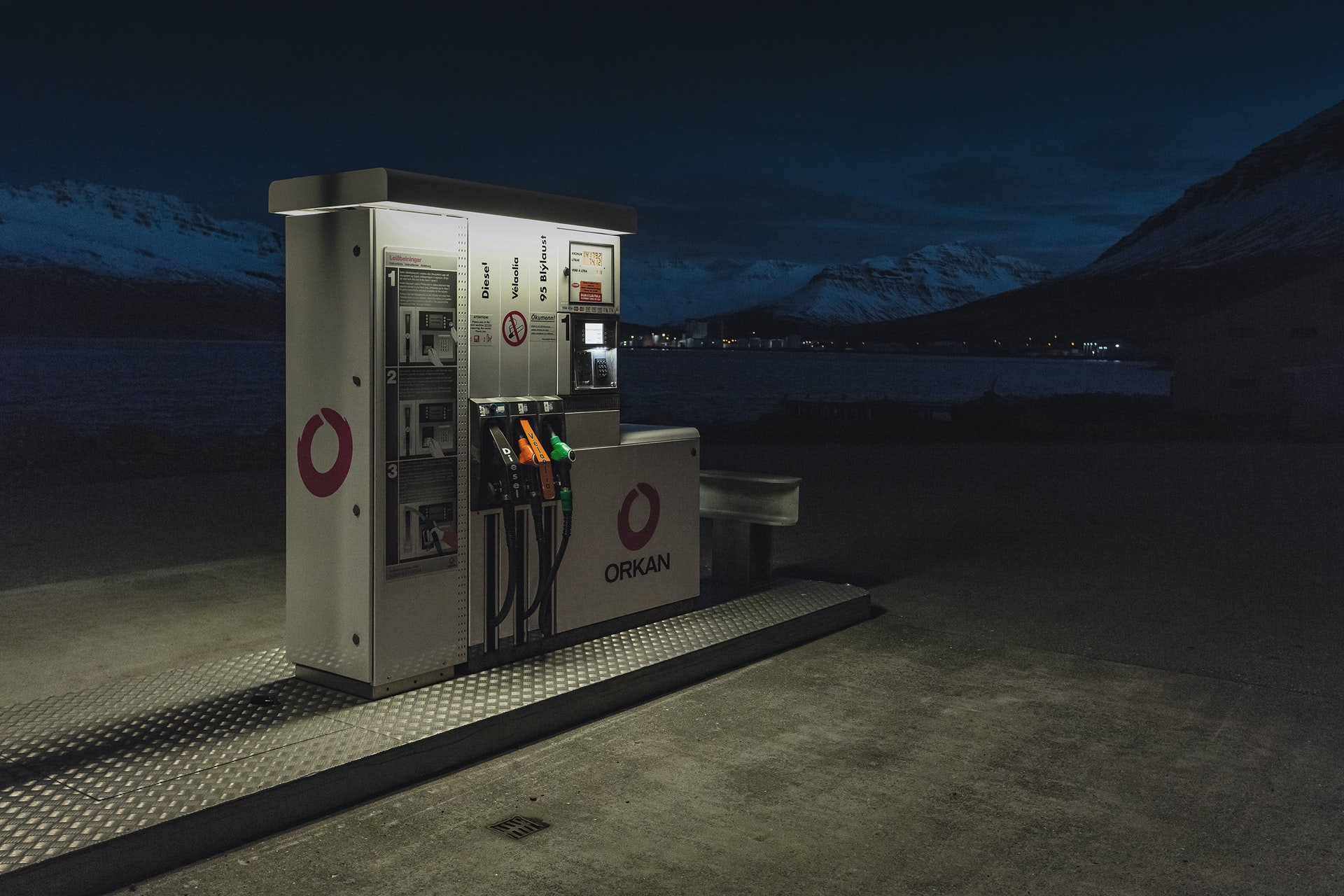Global energy prices continue to rise with no end in sight. Geopolitical tensions in Eastern Europe are likely to be a major catalyst in keeping oil and gas futures elevated. Though the US has deployed a wave of SPR releases and hiked-up exports of gas capacity to record levels, the only answer for consistently elevated prices is going to be higher output. More production is going to require more spending on re-opening and drilling wells, as well as maintenance costs.
Rising energy spending can be seen kicking off around the world, with energy exporting nations like the United Arab Emirates (UAE) and Norway boosting spending for this year and beyond.
Related ETF: VanEck Vectors Oil Services ETF (OIH)
European Energy Crunch Mobilizing US Energy Exports
As President Biden initiated new sanctions against Russia yesterday afternoon, which came alongside White House support for Germany’s decision to block the opening of the Nord Stream 2 (NS2) gas pipeline, he acknowledged already high energy prices resulting from heightened tensions between the two nations, stating “defending freedom will have costs, for us as well and here at home”.
Biden did suggest that he is working with oil and gas producers on a plan to “blunt gas prices”, but it remains to be seen how effective that will be. The US notified the markets back in November that it was prepared to release 50 million barrels of oil from the strategic petroleum reserve (SPR), but with nearly half of that total already dispersed, there has been little observable effect on crude oil prices. US benchmark WTI crude oil reached a new multi-year high just yesterday, touching the $96.00 per barrel marker for the first time since the Q3 2014.
Tensions in Eastern Europe have spurred a wave of triple-digit oil price forecasts. JPMorgan sees oil “easily” headed toward $120.00 per barrel if Russia’s crude exports are derailed.
MRP noted in December that delays to the certification of NS2 have already put upward pressure on natural gas prices across Europe, but its fate has now been thrown into total uncertainty. Russia’s Gazprom had previously said that it was possible to flow 5.6 billion cubic meters (bcm) of gas via NS2 in 2021, but that never came to fruition. Per S&P Global Platts, the eventual annual capacity of NS2 could be equivalent to 55 bcm.
As far back as September, we were ringing the alarm on slowing Russian gas exports and a potential European energy crisis come winter. MRP wrote at that time, “Without a clear consensus on the NS2 pipeline completion, as well as unpredictable clean energy hiccups moving into the fall and winter seasons, natural gas markets are likely to remain volatile amid tightening supplies… rising demand for a shockingly low amount of natural gas in Europe is keeping prices severely elevated.”
Russian LNG exports, which normally account for about 30% of Europe’s gas use, have continued to drop substantially, and with European gas prices about four times as high as normal, US exports have surged to fill the gap. According to IHS, an 80% YoY jump in European LNG imports from the US has meant that, for the first time, the country is providing more natural gas to Europe via ship than Russia is through its pipelines.
That rush for gas supplies has pushed the US back into first place among oil producers in recent months. The Wall Street Journal writes that new export capacity later this year will make the US the world’s largest LNG exporter as well, surpassing Australia and Qatar.
For the first time ever, Bloomberg reports tankers were docked or loading at all seven US LNG export terminals earlier this month, pushing demand from their loadings to a record 13.3 billion cubic feet (bcf) of natural gas flows to the terminals. The majority of the gas will be…
To read the complete Market Insight, current All-Access clients, SIGN IN All-Access clients receive the full-spectrum of MRP’s research, including daily investment insights and unlimited use of our online research archive. For a free trial of MRP’s All-Access membership, or to save 50% on your first year by signing up now, CLICK HERE










